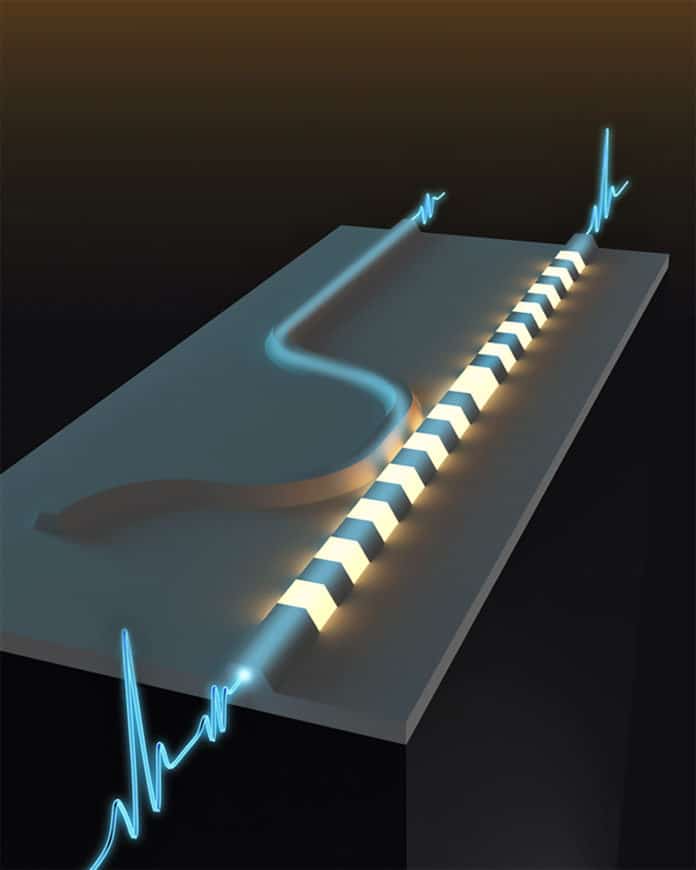Optical devices transmit faster signals than electrical devices, using light pulses. That’s why modern devices frequently improve optics to send or transmit data. However, one of the significant limitations of optics-based systems at present is that, at a certain point, they still need to have electronics-based transistors to process the data efficiently.
Now, a team led by Alireza Marandi, assistant professor of electrical engineering and applied physics at Caltech, has developed an all-optical switch leveraging the power of optical nonlinearity (more on that later). A switch like that might ultimately allow processing using photons.
The switch’s on/off property is the foundation of logic gates and binary computation and is what digital transistors were designed to accomplish. However, achieving the same function with light has proved difficult. Unlike electrons in transistors, which can strongly affect each other’s flow and thereby cause “switching,” photons usually do not easily interact with each other.
The breakthrough was possible thanks to materials and the way they are used.
Scientists used a crystalline material known as lithium niobate, a combination of niobium, lithium, and oxygen. The material is inherently nonlinear: Because of the special way the atoms are arranged in the crystal, the optical signals that it produces as outputs are not proportional to the input signals.
While lithium niobate crystals have been utilized in optics for many years, recent developments in nanofabrication methods have allowed scientists to develop integrated photonic devices based on lithium niobate that allows light confinement in a small area. Light intensity increases with the smaller the space size while using the same amount of power. As a result, a higher nonlinear response than would otherwise be conceivable might be produced by the light pulses carrying information through such an optical system.
Scientists also confined the light temporally. Essentially, they decreased the duration of light pulses and used a specific design that would keep the pulses short as they propagate through the device, which resulted in each pulse having higher peak power.
The combined effect of these two tactics—the spatiotemporal confinement of light—is to substantially enhance the strength of nonlinearity for given pulse energy, which means the photons now affect each other much more strongly.
The result is a nonlinear splitter that can switch in less than 50 femtoseconds by splitting the light pulses into two separate outputs dependent on their energy (a femtosecond is a quadrillionth of a second). Modern electronic switches, in contrast, operate in tens of picoseconds (one picosecond is equal to one trillionth of a second), a difference of many orders of magnitude.
Journal Reference:
- Guo, Q., Sekine, R., Ledezma, L. et al. Femtojoule femtosecond all-optical switching in lithium niobate nanophotonics. Nat. Photon. (2022). DOI: 10.1038/s41566-022-01044-5
